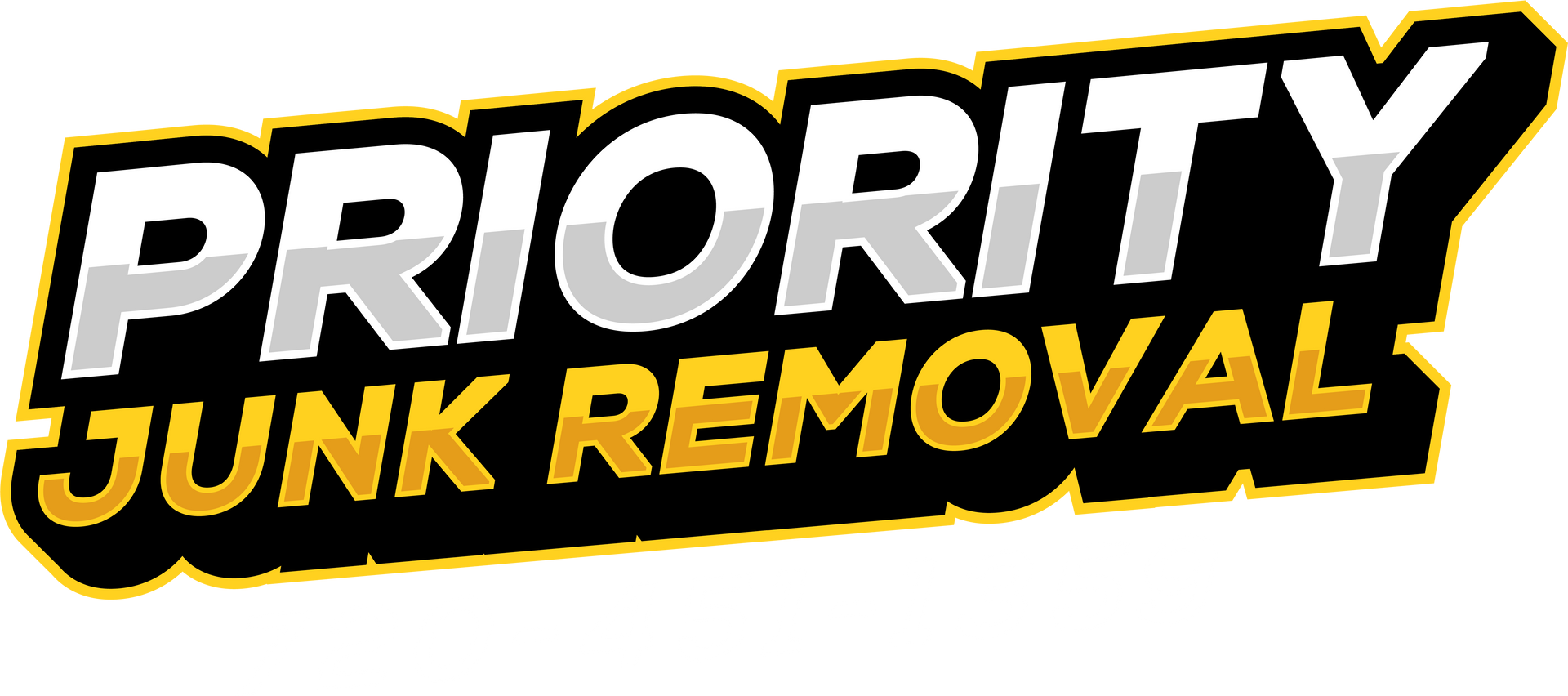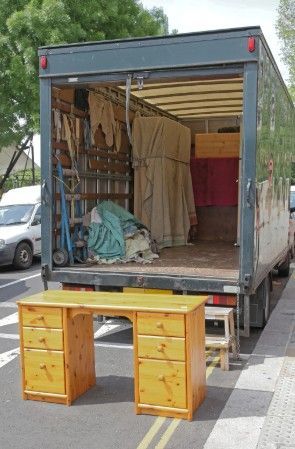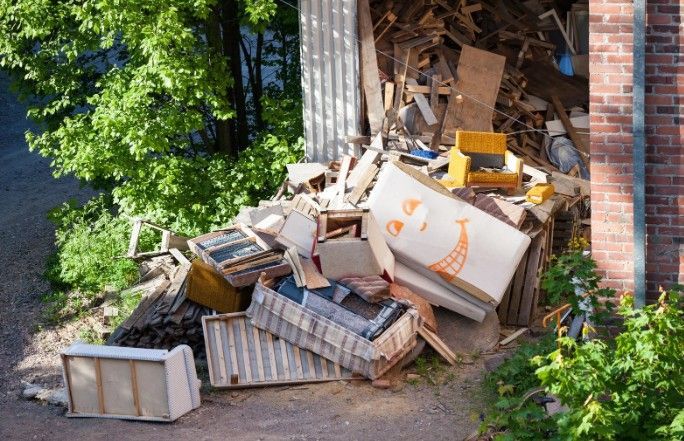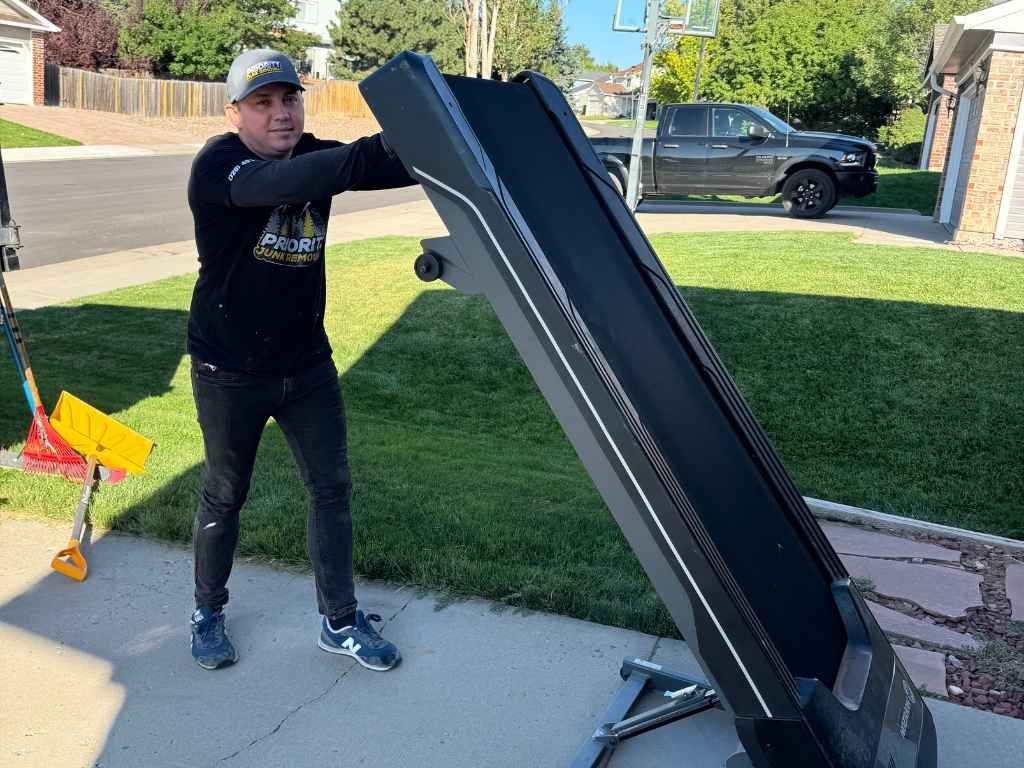How to Clear Out a Home After an Estate Sale
Clearing out a home after an estate sale can feel like a monumental task. It’s not just about removing items; it’s about respectfully handling the memories, the items of value, and the logistics of it all. Whether you’re handling this responsibility for a loved one or simply managing the aftermath of an estate sale, knowing how to approach the process can save time, reduce stress, and make the experience much smoother. Here’s how you can clear out a home after an estate sale with efficiency, care, and a bit of organization.
Assess the Situation
Before you start clearing out a home after an estate sale, it’s crucial to take a step back and assess the situation. Every home has a different story, and the scale of the job can vary widely depending on the size of the property, the number of items left behind, and the condition of the house. Start by walking through the property and making notes about what needs to be done. A larger home may require more time, effort, and manpower, while a smaller home might be easier to handle.
Pay attention to the types of items left behind — some might be valuable, others might need to be recycled or disposed of. Don’t overlook sentimental items like family photos, heirlooms, or personal letters — these often carry more emotional weight than financial value. Also, take note of the property's condition. Are there repairs needed before clearing out the space? By evaluating these factors, you'll have a clearer picture of the scope of work ahead and can plan accordingly.
Create a Plan
Once you’ve assessed the situation, it’s time to create a detailed plan of action. Having a clear strategy will make the process smoother and prevent you from feeling overwhelmed. Start by making a checklist and setting a realistic timeline. Break down the job into smaller, manageable steps: sorting, packing, removal, and cleaning. Sorting involves going room by room, deciding what to keep, donate, sell, or discard.
Packing should be done with care, using labels to keep track of where things go. Removal requires coordinating how and when items will be taken out of the house — this might involve renting a moving truck or hiring a professional service. Finally, once the home is cleared, give it a thorough cleaning to leave it in good shape for its next chapter.
Sort the Items
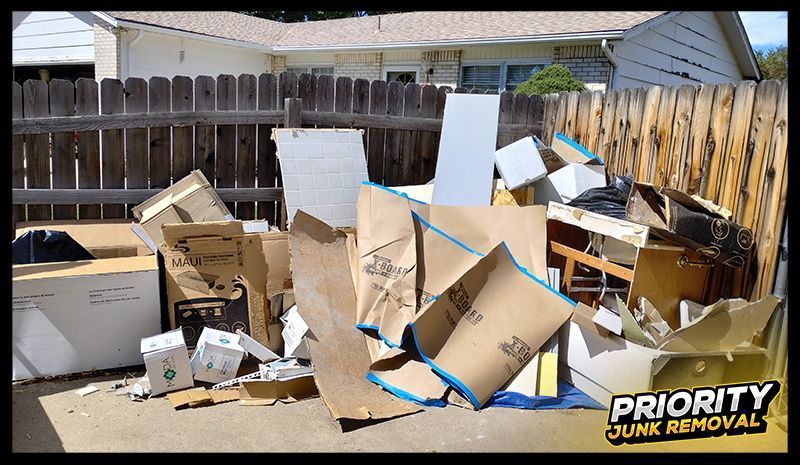
Sorting through the belongings left behind after an estate sale can be one of the most emotional and time-consuming parts of the process. Start with a systematic approach, working room by room to prevent feeling overwhelmed. Separate items into distinct categories: valuable, sentimental, functional, and disposable. Valuable items like antiques, artwork, and jewelry should be handled with care — consider having them appraised before deciding what to do with them.
Sentimental items such as family photos, letters, and personal keepsakes should be preserved or passed on to family members. Functional items like furniture, appliances, and housewares can often be donated or sold if they’re still in good condition. Lastly, dispose of broken or unusable items responsibly, recycling whenever possible. By sorting thoughtfully, you’ll ensure that nothing important gets overlooked and that the process moves forward efficiently.
Decide What to Keep, Donate, or Sell
After sorting, it’s time to decide the fate of each item. Start with the essentials — keep items that are useful, valuable, or hold sentimental meaning. Family heirlooms, important documents, and functional furniture often fall into this category. Next, identify items that are in good condition but no longer needed. These are perfect for donation to local charities or thrift stores, helping others while reducing waste. Items with market value, such as antiques, collectibles, and high-quality furniture, can be sold through an estate sale, consignment shop, or online marketplace. Finally, dispose of or recycle broken, outdated, or non-functional items. Electronics, for example, should be disposed of according to e-waste regulations.
Gather Supplies and Tools
Before you start physically clearing out the home, gather all the necessary supplies and tools to make the process easier and more efficient. You’ll need sturdy boxes for packing, bubble wrap and packing paper for fragile items, and heavy-duty trash bags for discarding unwanted materials. Labeling materials, such as permanent markers and adhesive labels, will help you keep track of where everything is going.
Cleaning supplies like mops, brooms, disinfectants, and rags will be essential for tidying up once the house is cleared. Hand tools, including screwdrivers, pliers, and hammers, may be necessary for disassembling furniture or removing fixtures. Having everything on hand before you start will save you from unnecessary trips to the store and keep the process moving smoothly. Proper preparation is key to avoiding delays and frustration.
Enlist Help
Clearing out an estate is rarely a one-person job. Enlisting help from friends, family members, or a professional junk removal service can make the process quicker and less stressful. Family members can help identify sentimental or valuable items, while friends can assist with packing, lifting, and organizing. Professional junk removal services are especially helpful for large or bulky items, and they know how to dispose of unwanted materials responsibly.
When working with a team, assign specific roles to keep things organized — one person can pack, another can label, and someone else can oversee the removal process. Having more hands on deck not only speeds up the process but also provides emotional support during what can be a difficult time. Collaboration makes a tough job more manageable.
Work in Sections
Tackling an entire house all at once can feel overwhelming, so it's smarter to work in sections. Start with one room at a time and move systematically through the house. For example, begin with the living room by removing large furniture pieces first, followed by smaller items like books, decor, and electronics. Once the living room is clear, move to the kitchen — get rid of expired food, clean out the pantry, and pack up dishes and utensils.
Bedrooms can be next, where you’ll gather personal belongings, pack up clothing, and discard any broken or unwanted furniture. By focusing on one area at a time, you create a sense of progress and prevent the job from feeling chaotic. This methodical approach will help you stay focused and organized.
Handle Valuables with Care
Valuable items require special attention and care during the estate cleanout process. Jewelry, for instance, should be stored in secure containers and checked carefully to ensure nothing is overlooked. Artwork and antiques should be wrapped in bubble wrap or soft cloth and stored in secure boxes to prevent damage. If you suspect an item is valuable, consider having it appraised before deciding whether to keep or sell it.
Important documents such as deeds, wills, birth certificates, and insurance papers should be gathered and stored in a safe place. Even smaller items like coins or rare stamps can have significant value and should be treated with care. Taking the time to handle valuable items properly ensures they are preserved and not accidentally discarded.
Organize the Removal Process
Once you’ve sorted and packed everything, it’s time to remove the items from the home. If you’re handling the job yourself, consider renting a moving truck or hiring a professional service for larger loads. Create a removal schedule to prevent chaos — designate certain days for removing large furniture and others for smaller items. If you have help, assign specific roles — one person can load the truck while another manages the organization of items.
Always use proper lifting techniques to avoid injury, and secure items during transport to prevent damage. Professional junk removal services can simplify this step by handling the heavy lifting and disposal. Staying organized will make the removal process quicker and more efficient.
Clean the Property
After the home has been cleared out, give it a thorough cleaning to leave it in good condition. Start by sweeping and vacuuming all floors, removing any lingering dust and debris. Wipe down countertops, windowsills, and baseboards to give the space a fresh feel. Clean out closets and cupboards, and make sure to remove any forgotten items. If the house has a yard, clear out any outdoor furniture, weeds, or debris to enhance the property’s curb appeal. For a professional finish, consider hiring a cleaning service — they’ll handle deep cleaning tasks like scrubbing floors, steam-cleaning carpets, and polishing surfaces. A clean and presentable home leaves a positive impression on potential buyers or future tenants, ensuring a smooth transition to the next chapter.
Conclusion
Clearing out a home after an estate sale can be a daunting task, but with proper planning and the right help, it doesn’t have to be overwhelming. By sorting through the items, deciding what to keep, donate, sell, or toss, and working efficiently, you can turn a potentially stressful situation into a manageable and even rewarding process. Whether you’re dealing with antiques, family heirlooms, or everyday household items, being organized, thoughtful, and respectful of the process will ensure that you handle everything with care.
For those looking to make the process even easier, consider working with professional junk removal experts who can handle the heavy lifting and disposal, leaving you with more time to focus on other aspects of life. Priority Junk Removal is here to help make your estate cleanup as smooth and stress-free as possible. If you’re located in Littleton, Colorado, or the surrounding areas, get in touch with us today for professional, reliable, and efficient junk removal services. Call us at 720-451-1359 or email priorityjunkremoval@gmail.com for more information.
